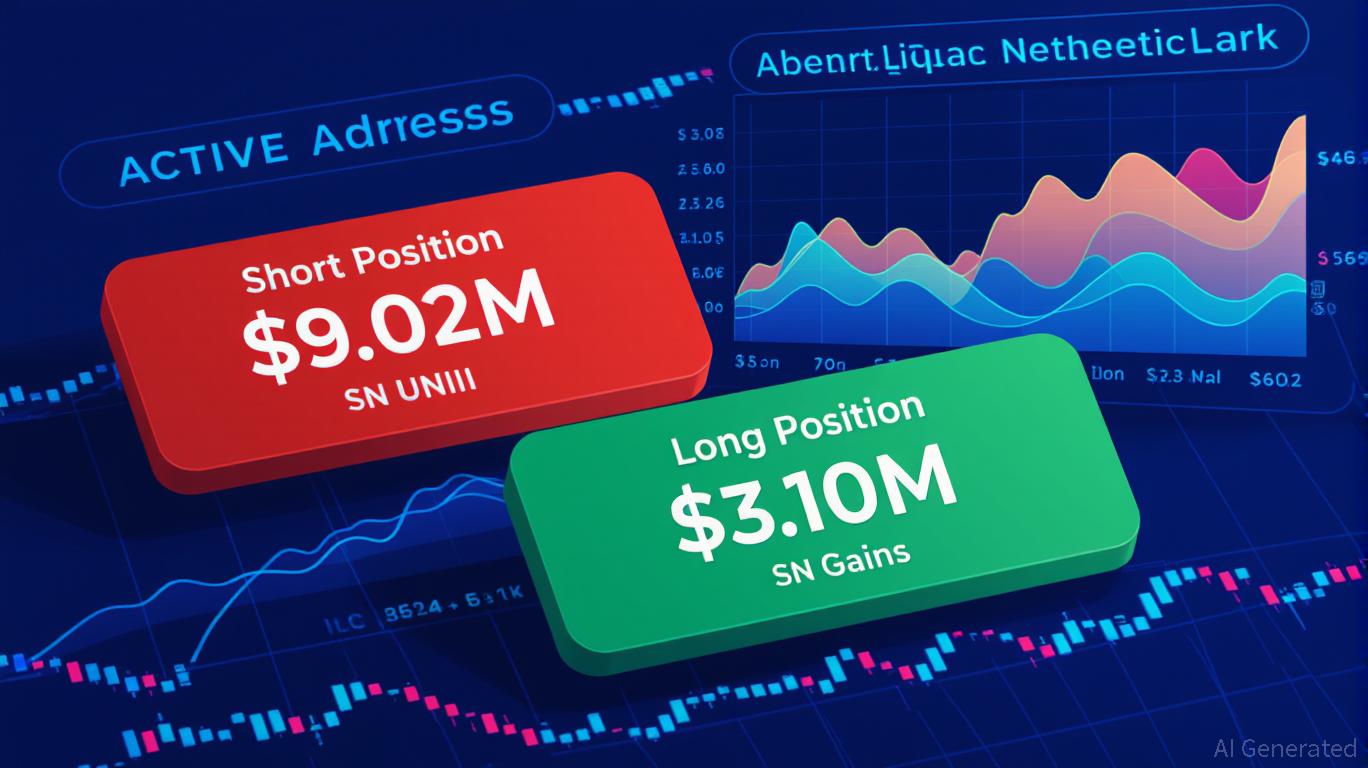- Large Bitcoin holders sold 32,500 BTC, influencing market sentiment and price decline.
- Retail investors bought aggressively, but historically prices follow whale activity, not retail trends.
- Mixed predictions suggest short-term volatility, consolidation, and potential long-term upside for Bitcoin.
Bitcoin — BTC , recently caught investor attention with a curious pattern between large holders and retail traders. Since mid-October, whales have been selling significant amounts, while smaller wallets keep buying aggressively. This split has sparked warnings from sentiment platforms and analysts alike. Historically, Bitcoin prices tend to follow whales, not retail traders. As a result, the current trend has many investors cautious about the short-term outlook, even as the price shows signs of recovery.
Whale Selling Drives Market Movements
Since October 12, whales holding between 10 and 10,000 BTC have sold roughly 32,500 coins. During the same period, retail investors snapped up smaller amounts, showing eagerness to buy at lower levels. Santiment, a market sentiment platform, called this a major divergence. They warned that prices usually follow whales, making retail buying less impactful. Bitcoin’s price fell from $115,000 to $98,000 by November 4, a decline of about 15%. The cryptocurrency has since rebounded to roughly $103,780.
Still, Bitcoin remains nearly 20% below its all-time high of $126,000 reached in early October. Wall Street analysts link the decline to long-term holders offloading coins. Compass Point research shows net sales from these holders exceeded one million BTC since late June. A large liquidation of leveraged positions around October 10 also contributed to the slide. These factors have left Bitcoin struggling to find support at key levels of $117,000 and $112,000.
Mixed Signals from Analysts
Not all analysts expect a sharp decline. Bitfinex analysts foresee consolidation and volatility , rather than a quick return to highs. They noted that early October ETF inflows temporarily lifted Bitcoin to $125,000, but profit-taking and macro shocks pushed it back. Recently, spot Bitcoin ETFs broke a six-day outflow streak, signaling renewed investor interest. Bitfinex suggests that if inflows surpass $1 billion per week, Bitcoin could climb toward $130,000.
Jake Kennis from Nansen highlighted that the market structure has broken down, reducing chances of short-term gains. Still, he believes momentum shifts could provide meaningful upside by year-end. JPMorgan’s Nikolaos Panigirtzoglou noted rising gold volatility has made Bitcoin more attractive, hinting at possible price targets around $170,000 in 6-12 months. Looking forward, several factors could support Bitcoin prices.
A potential Federal Reserve rate cut in December may help. The US government reopening could also provide liquidity that benefits crypto markets. Whales may continue to influence price direction, but retail investors should watch closely and remain strategic. Bitcoin’s market dynamics highlight the growing gap between large holders and retail investors. Short-term caution seems wise as whales steer major price movements.



